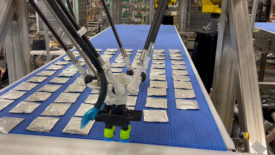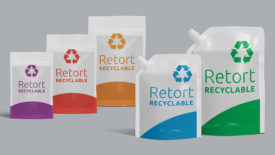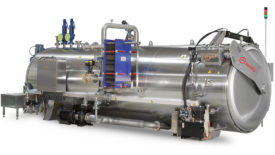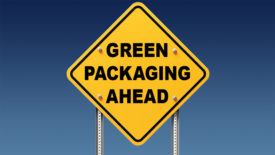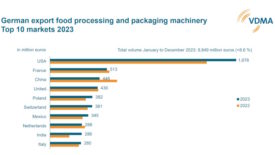Special Reports
Automation
Time and again in the course of our reporting on automation and robotics, end-of-line challenges such as palletizing and case forming come to the fore.
Read More
Inspection/Detection
From Wine to Tortillas: Inspection, Detection, and Vision Systems Play Crucial Role
From properly counting out pharmaceuticals to guaranteeing the proper bottling of wine — and even ensuring that the wine bottles themselves are up to snuff — inspection, detection and vision systems play a myriad crucial roles in CPG packaging.
May 28, 2024
Health & Beauty
Personal Care Packaging Pursues Green Path
While companies continue to chart new territory when it comes to sustainable packaging for health, beauty and personal care products, some common themes are evident.
May 14, 2024
Retort Packaging
Retort Packaging gets Eco-Friendlier
Retort packaging builds its green credentials via recyclable retortable pouches and new machinery that reduces energy consumption and therefore carbon footprints.
April 29, 2024
Guest Column | Signposting Sustainability
Appearances shouldn’t be misleading when it comes to sustainable packaging
April 22, 2024
EPR
2024 State of Converting
Today, three words rise to the forefront of all discussions related to packaging of consumer packaged goods (CPGs): extended producer responsibility (EPR).
April 3, 2024
National harmony needed in labeling and recyclability claims
Our federal government can play a transformative role in improving packaging recycling rates by endorsing national standards.
March 25, 2024
Keep the info flowing with our eNewsletters!
Get the latest industry updates tailored your way.
JOIN TODAY!Copyright ©2025. All Rights Reserved BNP Media.
Design, CMS, Hosting & Web Development :: ePublishing




